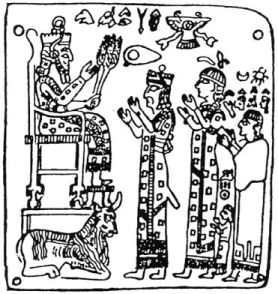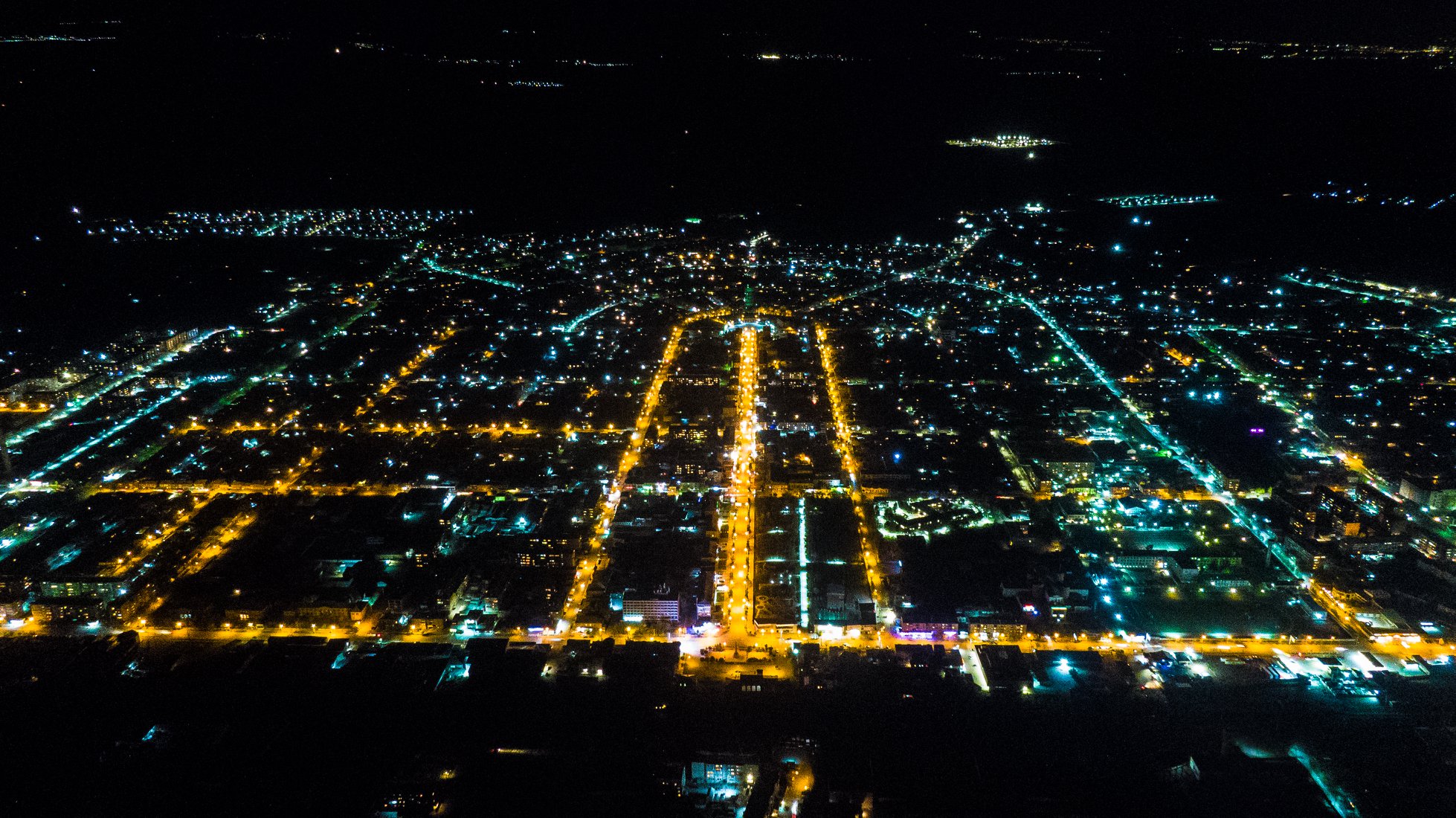|
Rusa III
Rusa III was king of Urartu. He was called "Rusa Erimenahi" ("the son of Erimena"). He may have been the nephew or cousin of Rusa II. Little is known about his reign; his name was inscribed on a massive granary at Armavir and on a series of bronze shields from the temple of Khaldi found at Rusahinili, now held in the British Museum. There is considerable confusion over the identity of Rusa III, when he ruled, and his relationship to other kings or even the actual dates he ruled. V. Sargsyan. "On the Problem of the Succession of the Biainian Kings of the Ararat (Urartu) Kingdom in the Second Half of the 8th-the First Half of the 7th Century B.C." ''Fundamental Armenology''. 2015. http://www.fundamentalarmenology.am/datas/pdfs/178.pdf Rusa was the father of Sarduri IV. See also * List of kings of Urartu This article lists the kings of Urartu (Ararat or Kingdom of Van), an Iron Age kingdom centered on Lake Van in eastern Asia Minor. Kings See also *List of Mesopotamian d ... [...More Info...] [...Related Items...] OR: [Wikipedia] [Google] [Baidu] |
List Of Kings Of Urartu
This article lists the kings of Urartu (Ararat or Kingdom of Van), an Iron Age kingdom centered on Lake Van in eastern Asia Minor. Kings See also *List of Mesopotamian dynasties References *Boris Piotrovskii, ''The Ancient Civilization of Urartu'', London, 1969. *Igor Diakonoff, ''The Pre-History of the Armenian People'', Caravan Books, New York, 1988. *M. Chahin, ''The Kingdom of Armenia'', Curzon, London, 2001. External links Urartu {{DEFAULTSORT:Kings of Urartu Kings of Urartu, Lists of monarchs in Asia, Urartu ... [...More Info...] [...Related Items...] OR: [Wikipedia] [Google] [Baidu] |
Erimena
Erimena, according to tradition, was the twelfth king of Urartu and reigned from 625 to 605 BC. He was the successor of Sarduri III and father of Rusa III, who ruled Urartu from 610-590 B.C. Little is known about Erimena; his name was mentioned in an inscribed bronze shield found at Toprakkale by Hormuzd Rassam in 1880 that is now located in the British Museum. Erimena, according to a Babylonian chronicle, held an expedition in the mountainous region of Bit Hanounia, under the rule of Nabopolassar. He also suffered many attacks from the Babylonians which led to the decline of Urartu. History There are several possible interpretations of Erimena's rise to power. Igor M. Diakonoff believed that Erimena was the brother of Sarduri III and ruled the state due to the fact that, at the time of the death of Sarduri III, his son Sarduri IV had not yet reached adulthood. Erimena is also known from a seal impression of one of his possible governors, preserved on a stone tablet f ... [...More Info...] [...Related Items...] OR: [Wikipedia] [Google] [Baidu] |
Sarduri III
Sarduri III was a king of Urartu between 639 BC and 635 BC. Urartian King Argishti II left a record of fourteen years of his reign on the walls of chambers hewn in the Rock of Van, while Sarduri III's victories are inscribed on a monument erected on a spot called "the Treasury Gate" in the fortress of Van. The Urartians had in the east as neighbours the Minni or Manni, in the southerly portion of the Urmiah basin. Records of victories are also found inscribed further north, on the shores of Lake Sevan, at Gyumri and Erzurum. See also * List of kings of Urartu This article lists the kings of Urartu (Ararat or Kingdom of Van), an Iron Age kingdom centered on Lake Van in eastern Asia Minor. Kings See also *List of Mesopotamian dynasties References *Boris Piotrovskii, ''The Ancient Civilization of Ura ... References * Kings of Urartu 7th-century BC monarchs in Asia {{ANE-bio-stub ... [...More Info...] [...Related Items...] OR: [Wikipedia] [Google] [Baidu] |
Sarduri IV
Sarduri IV (, unknown–595 BC) was one of the last kings of Urartu, reigning from 615 to 595 BC. Sarduri IV was the son and successor of Rusa III. Little is known about his reign, except that his kingdom was being invaded by Assyrian forces from the south, east and west, as well as by the Medes from the east and the Scythians from the north. He died without issue and was succeeded by his brother Rusa IV. See also * List of kings of Urartu References Further reading * Boris Piotrovskii, ''The Ancient Civilization of Urartu'', London, 1969. * Igor Diakonoff Igor Mikhailovich Diakonoff (occasionally spelled Diakonov, ; 12 January 1915 – 2 May 1999) was a Russian historian, linguist, and translator and a renowned expert on the Ancient Near East and its languages. His brothers were also distinguis ..., ''The Pre-History of the Armenian People'', Caravan Books, New York, 1988. * M. Chahin, ''The Kingdom of Armenia'', Curzon, London, 2001. * Գ. Ղափանցյան, Ո� ... [...More Info...] [...Related Items...] OR: [Wikipedia] [Google] [Baidu] |
Monarch
A monarch () is a head of stateWebster's II New College Dictionary. "Monarch". Houghton Mifflin. Boston. 2001. p. 707. Life tenure, for life or until abdication, and therefore the head of state of a monarchy. A monarch may exercise the highest authority and power in the Sovereign state, state, or others may wield that power on behalf of the monarch. Usually, a monarch either personally inheritance, inherits the lawful right to exercise the state's sovereign rights (often referred to as ''the throne'' or ''the Crown, the crown'') or is elective monarchy, selected by an established process from a family or cohort eligible to provide the nation's monarch. Alternatively, an individual may self-proclaimed monarchy, proclaim oneself monarch, which may be backed and Legitimacy (political), legitimated through acclamation, right of conquest or a combination of means. If a young child is crowned the monarch, then a regent is often appointed to govern until the monarch reaches the requisi ... [...More Info...] [...Related Items...] OR: [Wikipedia] [Google] [Baidu] |
Urartu
Urartu was an Iron Age kingdom centered around the Armenian highlands between Lake Van, Lake Urmia, and Lake Sevan. The territory of the ancient kingdom of Urartu extended over the modern frontiers of Turkey, Iran, Iraq, and Armenia.Kleiss, Wolfram (2008). "URARTU IN IRAN". ''Encyclopædia Iranica''. Its kings left behind cuneiform inscriptions in the Urartian language, a member of the Hurro-Urartian languages, Hurro-Urartian language family. Urartu extended from the Euphrates in the west to the region west of Ardabil in Iran, and from Lake Çıldır near Ardahan in Turkey to the region of Rawandiz in Iraqi Kurdistan. The kingdom emerged in the mid-9th century BC and dominated the Armenian Highlands in the 8th and 7th centuries BC. Urartu frequently warred with Neo-Assyrian Empire, Assyria and became, for a time, the most powerful state in the Near East. Weakened by constant conflict, it was eventually conquered, either by the Iranian peoples, Iranian Medes in the early 6th c ... [...More Info...] [...Related Items...] OR: [Wikipedia] [Google] [Baidu] |
Armavir, Armenia
Armavir ( ), is a town and urban municipal community located in the west of Armenia serving as the administrative centre of Armavir Province. It was founded in 1931 by the government of the Armenian Soviet Socialist Republic. As of the 2011 census, the population of the town is 29,319, down from 46,900 as reported in the 1989 census. As of the 2022 census, the population of the town is 27,470. Currently, the town has a population of 38,495 as per the 2023 official estimate. The town was known as Sardarapat before 1935, and Hoktemberyan from 1935 to 1995. Currently, Armavir is the seat of the Diocese of Armavir of the Armenian Apostolic Church. Etymology Founded in 1931 as Sardarapat, the town was known as Hoktemberyan (meaning the ''city of October'') between 1935 and 1995, named in honor of the October Revolution. In 1992, the town was named Armavir by the government of independent Armenia, after the nearby ancient city of Armavir, that was founded in the 8th century BC b ... [...More Info...] [...Related Items...] OR: [Wikipedia] [Google] [Baidu] |
Khaldi (god)
Khaldi may refer to: * Khaldi (god) * Chalybes (Khaldi), a historical tribe in Anatolia * Chaldia (Khaldia), a historical location of Anatolia * Ishmael Khaldi (born 1971), Israeli diplomat See also * Chaldean (other) * Kaldi, legendary Ethiopian goatherd credited with discovering coffee {{dab, surname ... [...More Info...] [...Related Items...] OR: [Wikipedia] [Google] [Baidu] |
Rusahinili
Rusahinili ("city of (King) Rusa I)", modern Toprakkale (Turkey), is an ancient Urartian fortress built by Rusa I, located near the modern city of Van in eastern Turkey. The site has been excavated by archaeological teams from Germany, the United Kingdom The United Kingdom of Great Britain and Northern Ireland, commonly known as the United Kingdom (UK) or Britain, is a country in Northwestern Europe, off the coast of European mainland, the continental mainland. It comprises England, Scotlan ..., and other countries. External linksToprakkale - Encyclopædia Britannica Article Archaeological sites in Eastern Anatolia Van Province Urartian cities Castles in Van Province {{Armenia-hist-stub ... [...More Info...] [...Related Items...] OR: [Wikipedia] [Google] [Baidu] |
British Museum
The British Museum is a Museum, public museum dedicated to human history, art and culture located in the Bloomsbury area of London. Its permanent collection of eight million works is the largest in the world. It documents the story of human culture from its beginnings to the present.Among the national museums in London, sculpture and decorative art, decorative and applied art are in the Victoria and Albert Museum; the British Museum houses earlier art, non-Western art, prints and drawings. The National Gallery holds the national collection of Western European art to about 1900, while art of the 20th century on is at Tate Modern. Tate Britain holds British Art from 1500 onwards. Books, manuscripts and many works on paper are in the British Library. There are significant overlaps between the coverage of the various collections. Established in 1753, the British Museum was the first public national museum. In 2023, the museum received 5,820,860 visitors, 42% more than the previous y ... [...More Info...] [...Related Items...] OR: [Wikipedia] [Google] [Baidu] |
Kings Of Urartu ...
This article lists the kings of Urartu (Ararat or Kingdom of Van), an Iron Age kingdom centered on Lake Van in eastern Asia Minor. Kings See also *List of Mesopotamian dynasties References *Boris Piotrovskii, ''The Ancient Civilization of Urartu'', London, 1969. *Igor Diakonoff, ''The Pre-History of the Armenian People'', Caravan Books, New York, 1988. *M. Chahin, ''The Kingdom of Armenia'', Curzon, London, 2001. External links Urartu {{DEFAULTSORT:Kings of Urartu Urartu Urartu was an Iron Age kingdom centered around the Armenian highlands between Lake Van, Lake Urmia, and Lake Sevan. The territory of the ancient kingdom of Urartu extended over the modern frontiers of Turkey, Iran, Iraq, and Armenia.Kleiss, Wo ... [...More Info...] [...Related Items...] OR: [Wikipedia] [Google] [Baidu] |



